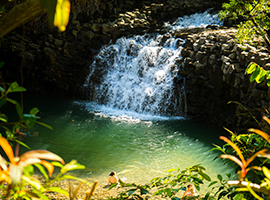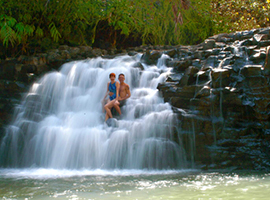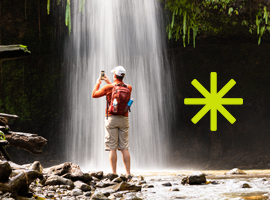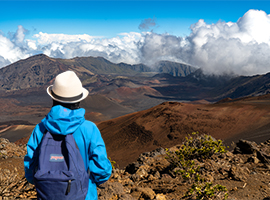Nestled in the lush heart of Central Maui, ʻĪao Valley State Monument offers a hike unlike any other—rich in history, cultural reverence, and natural beauty. Whether you’re seeking an easy trail to stretch your legs or a deeper connection with the land, this guide walks you through everything you need to know about visiting and hiking this sacred site.
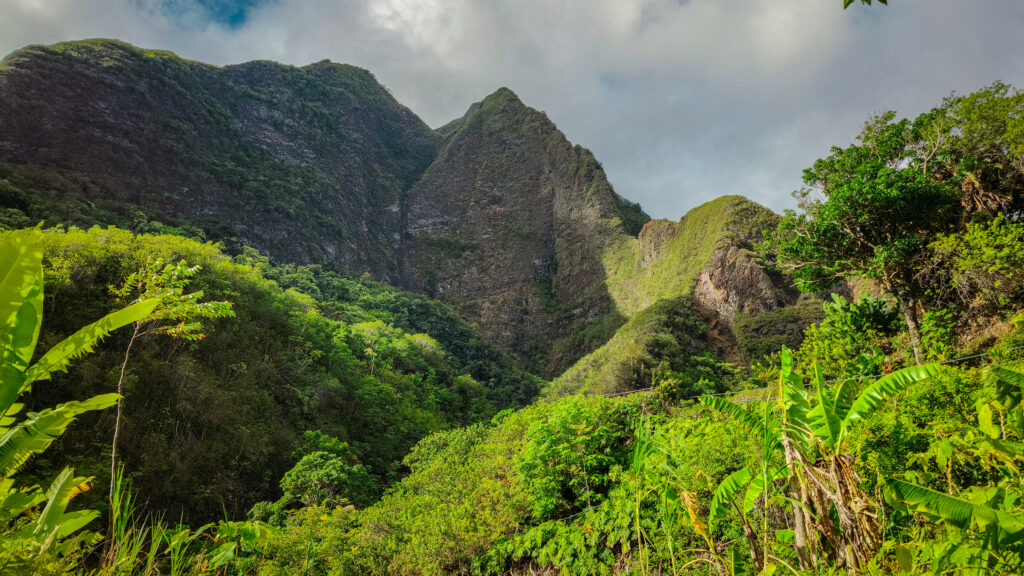
Why ʻĪao Valley Belongs on Your Maui Hiking Bucket List
ʻĪao Valley: A Sacred Crossroads of Nature and History
ʻĪao Valley (pronounced ee-ow) is far more than a lush, scenic destination—it’s a place steeped in deep cultural and spiritual significance for Native Hawaiians. Located in Central Maui within Mauna Kahālāwai (West Maui Mountain), this verdant valley was once a sacred burial ground for Hawaiian aliʻi (chiefs), including high-ranking Maui royalty. The valley was considered so sacred that only the highest chiefs and kahuna (priests) were allowed to enter certain parts of it.

Perhaps most famously, ʻĪao was the site of the Battle of Kepaniwai in 1790, a pivotal and brutal conflict where King Kamehameha I clashed with Maui’s forces in his campaign to unify the Hawaiian Islands. The name Kepaniwai means “the damming of the waters,” referring to how the Wailuku River was said to have been clogged with the bodies of fallen warriors. This battle marked a turning point in Hawaiian history.
Long before paved roads and modern highways, a traditional trail once ran through ʻĪao Valley all the way to Lahaina, making it an important inland route for ancient Hawaiians traveling between central and west Maui. While that original path has long since disappeared into the forest, remnants of the valley’s layered past still linger in the landscape, from hidden heiau (temples) to oral histories passed down through generations.
Today, visitors come to admire the iconic ʻĪao Needle (Kūkaʻemoku). But beyond its natural beauty, ʻĪao remains a place to reflect on the powerful legacy of the Hawaiian people—their battles, their beliefs, and their enduring connection to the land.

Quick Overview (Reservations Required):
🥾 Trail Type: Paved and accessible
🕒 Duration: ~30–45 minutes
📏 Distance: 0.6 miles round trip (to ʻĪao Needle Lookout)
🧭 Elevation Gain: Approx. 200 feet
🧒 Difficulty: Easy (great for families and kids)
💰 Entry Fee: $5 per person (non-residents), $10 parking.
🆓 Hawaiʻi Residents: Free with valid state ID.
📅 Reservations: Required for all visitors at gostateparks.hawaii.gov.
📍 Location: Wailuku, Central Maui
Highlights of the ʻĪao Valley Hike
🌿ʻĪao Needle Lookout Trail and Ethnobotanical Loop
This short but scenic hike leads you through a botanical garden filled with native and Polynesian-introduced plants like:
- Maiʻa (Musa spp.) – Better known as banana, this canoe plant was brought to Hawaiʻi by Polynesian voyagers and is valued for its nourishing fruit and versatile leaves.
- Kalo (Colocasia esculenta) – or taro, a staple of the traditional Hawaiian diet.
- ʻUlu (breadfruit), kī (ti plant), and niʻu (coconut palm) are also showcased.
The trail culminates at a lookout with breathtaking views of the iconic ʻĪao Needle—a 1,200-foot (370-meter) vegetation-covered lava pinnacle that rises from the valley floor to 2,250 feet above sea level.
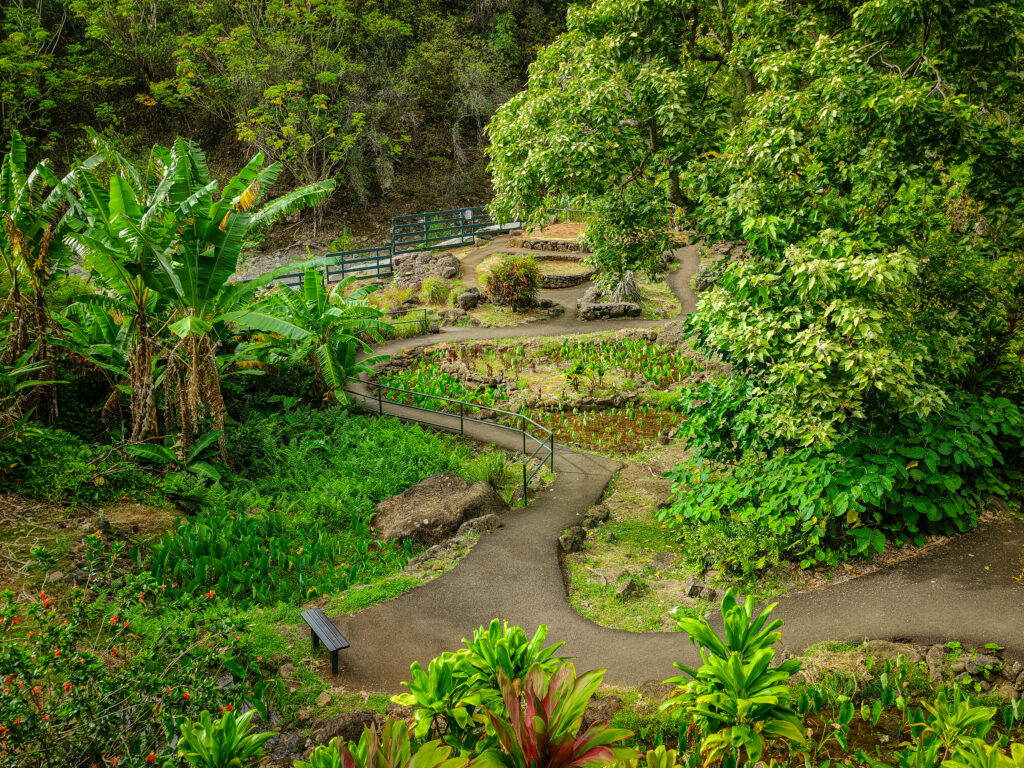
Fun Fact: The ʻĪao Needle was traditionally known as Kuka‘emoku, considered the phallic stone of Kanaloa, the Hawaiian god of the ocean.
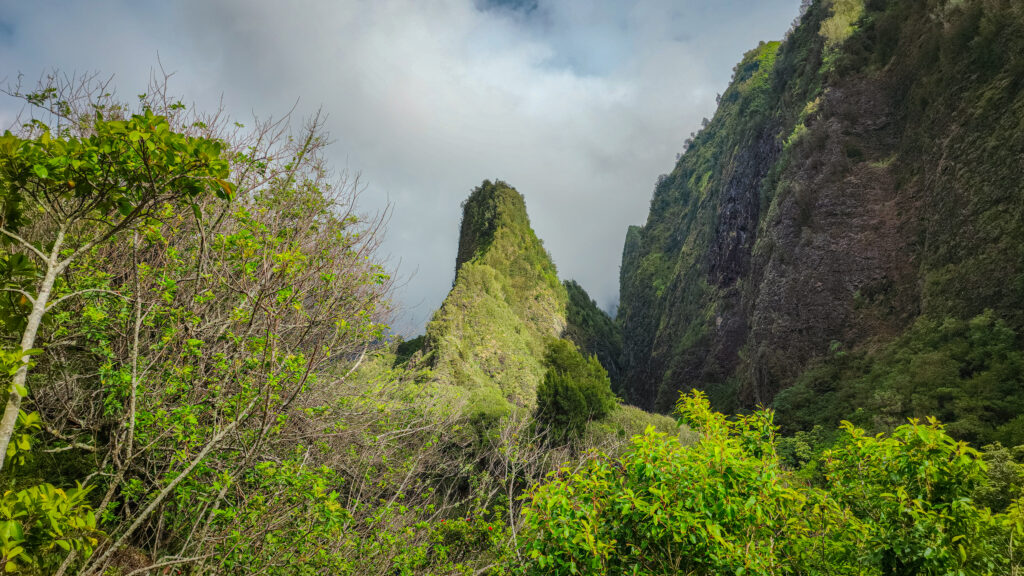
💧ʻĪao Stream
At the base of the valley, the crystal-clear stream offers a refreshing place to cool your feet (or take a dip if the water is safe). Locals often enjoy picnicking nearby—just be sure to pack out what you pack in.

Planning Your Visit
🗓️ Best Time to Go
Early morning is ideal—cooler temperatures, fewer crowds, and misty light that makes the valley feel like a living painting. Avoid heavy rain days, as the area is prone to flash flooding.
🧳 What to Bring
- Comfortable walking shoes (the trail is paved, but can be slippery)
- Water and sun protection (even in the valley’s shade, it’s warm)
- Bug spray (mosquitoes love it here as much as hikers do)
- Camera or smartphone (you will want photos)
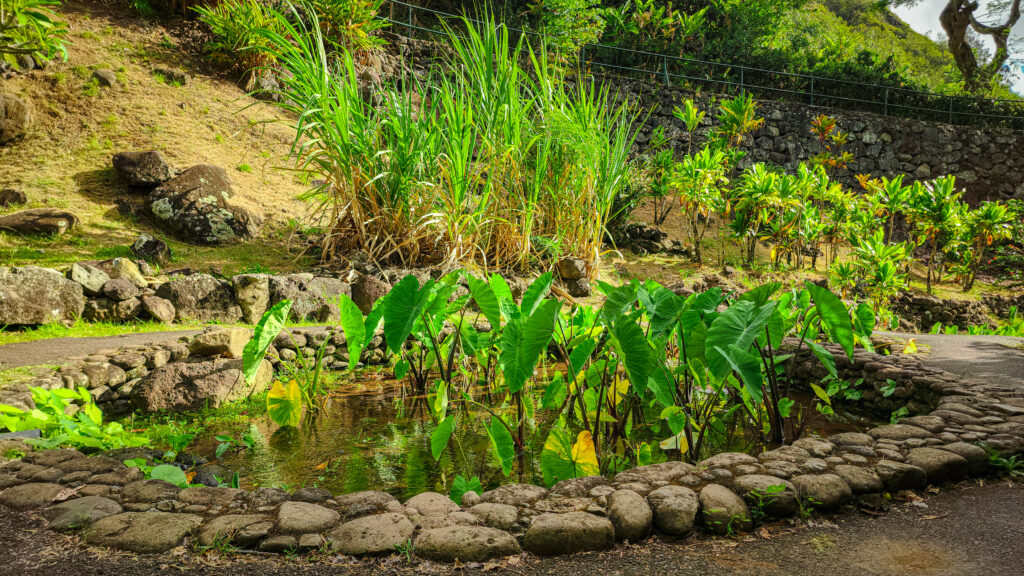
Cultural Etiquette & Respect
ʻĪao Valley is a wahi pana—a sacred place. Please:
- Stay on designated trails.
- Refrain from loud noise or music.
- Don’t stack rocks or move natural features.
- Avoid entering the water if heavy rains are forecasted.
Learning a few Hawaiian words like aloha (hello/love) or mahalo (thank you) adds to your experience and honors the culture.
Kepaniwai Park: Honoring Maui’s Immigrant Heritage
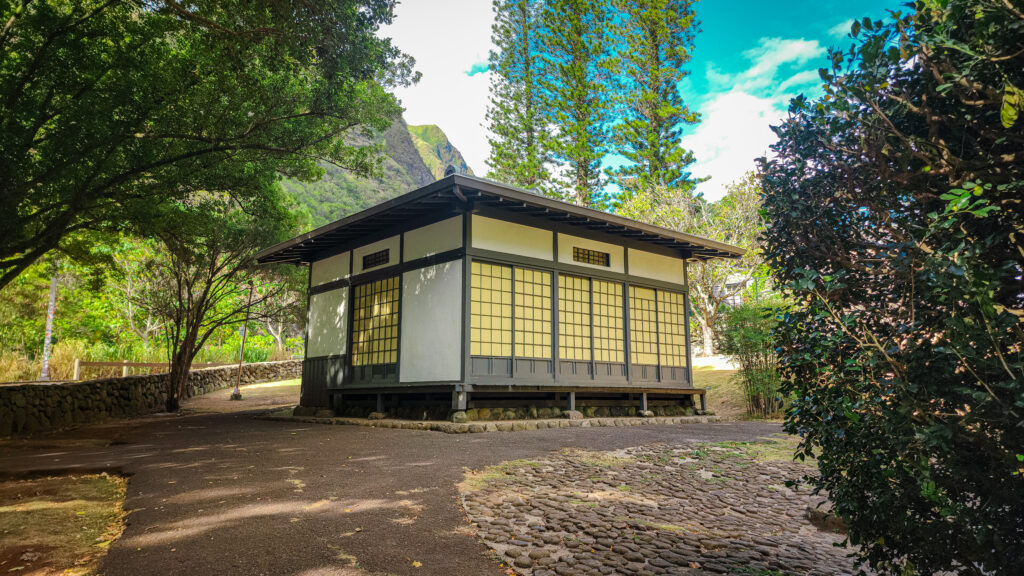
Just outside the entrance to ʻĪao Valley State Monument lies Kepaniwai Park Heritage Gardens, a peaceful spot that tells the story of Maui’s diverse cultural roots. Established in 1952, the park features beautifully landscaped gardens, pavilions, and monuments built to honor the many immigrant communities who came to Maui to work on the sugar plantations—Portuguese, Chinese, Japanese, Korean, Filipino, and Hawaiian.

Each garden reflects the traditions of its community, with architectural styles, statues, and plantings that connect back to their homelands. For example, you’ll find a Chinese pagoda, a Japanese teahouse, and a Portuguese garden with a traditional oven. These spaces serve as living reminders of the cultural mosaic that shaped modern Hawaiʻi and celebrate the resilience and contributions of migrant workers who labored in the valley and beyond.
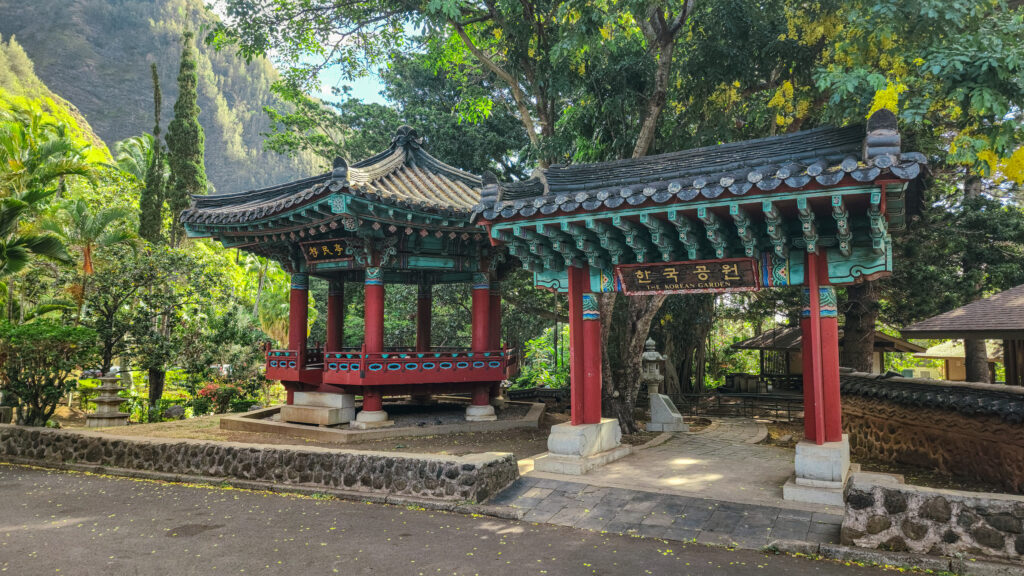
Kepaniwai, whose name translates to “the damming of the waters” (a reference to the 1790 Battle of Kepaniwai), is not only a place of rest and reflection but also a cultural archive—where stories of hardship, perseverance, and community live on for future generations.

Nearby Attractions to Combine with Your Hike
Make a full day of it! After your ʻĪao Valley adventure, consider exploring:
- Wailuku Town: A charming historic district with local cafes and boutiques.
- Maui Tropical Plantation: A short drive away for lunch and tropical vibes.
- Kaʻahumanu Church: Built in 1832, it’s a stunning example of missionary-era architecture.
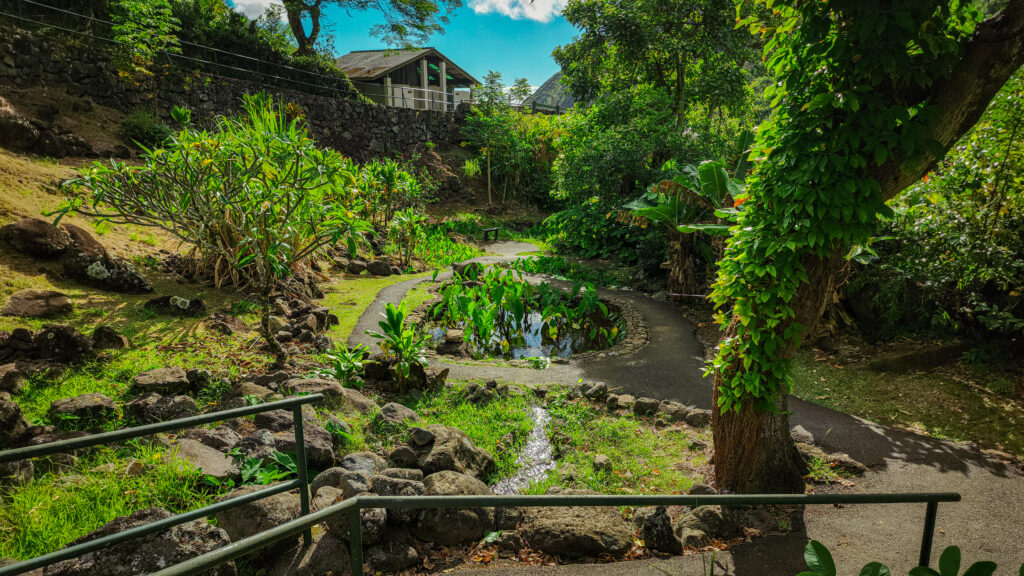
Is ʻĪao Valley a Good Hike for Families?
Absolutely. With its short length, paved paths, educational signage, and shade, it’s one of the best family-friendly hikes on Maui. It’s stroller-friendly up to the viewpoint, though stairs are required for the final lookout.
If you’re traveling with keiki (kids), this hike introduces them to Hawaiian plants, geology, and culture in a bite-sized adventure.
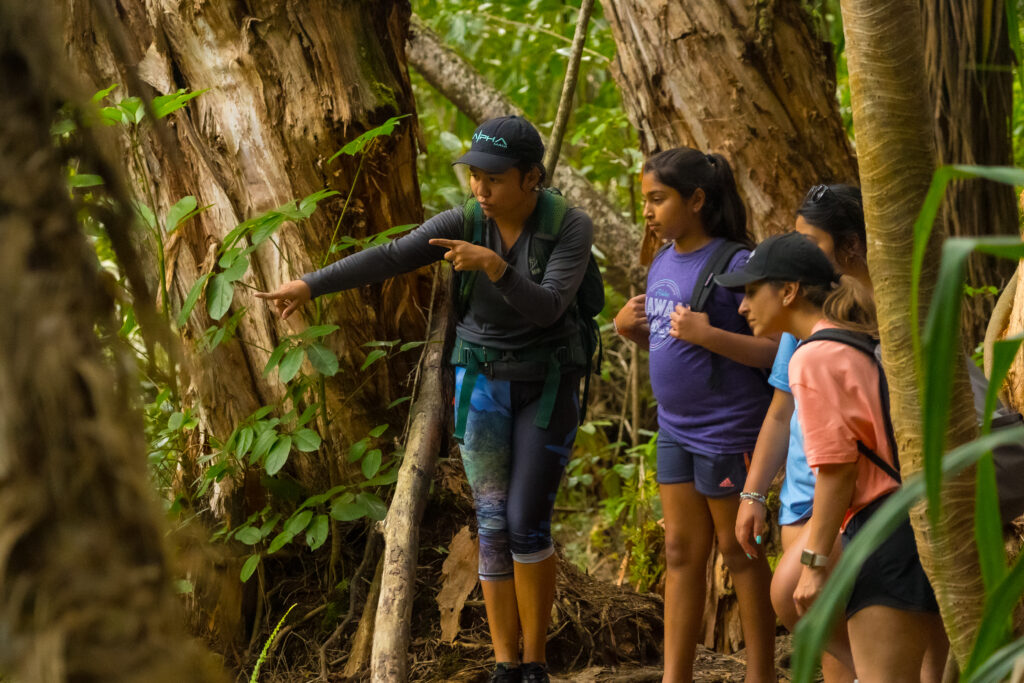
Looking to Go Deeper?
While the state monument is limited in scope, Hike Maui offers guided rainforest hikes and waterfall adventures nearby—ideal for those who want to explore beyond the beaten path with expert naturalist guides who bring Maui’s ecology and history to life.
ʻĪao Valley isn’t about distance or difficulty—it’s about depth. It offers a short walk with a long legacy, combining natural beauty with cultural meaning. Whether you’re a first-time visitor or a returning traveler, this easy Maui hike is a must-do for anyone seeking a soulful encounter with the island.

Ready to explore more?
👉 Check out our guided tours for rainforest treks, hidden waterfalls, and unforgettable nature experiences with our expert guides.
